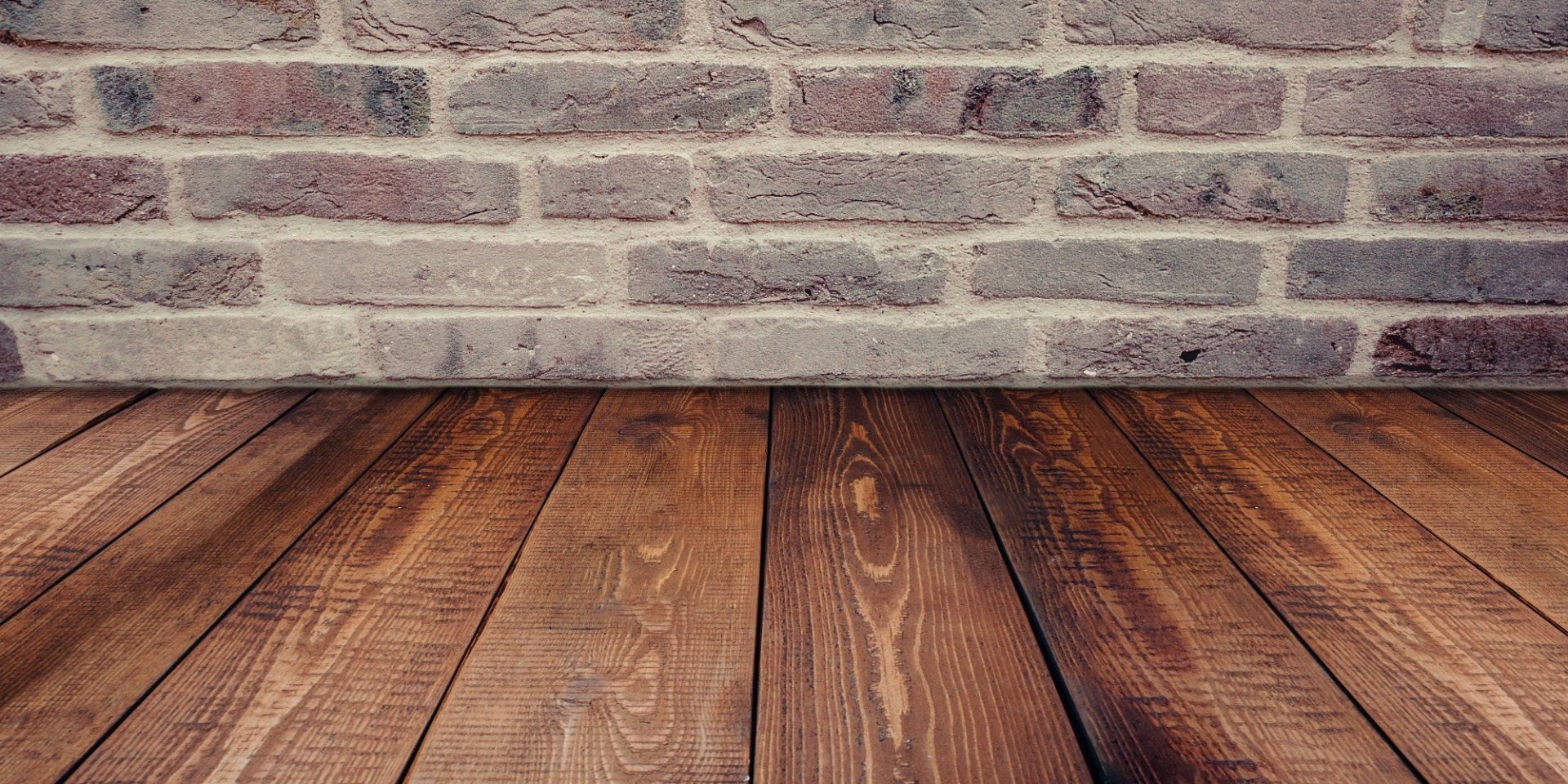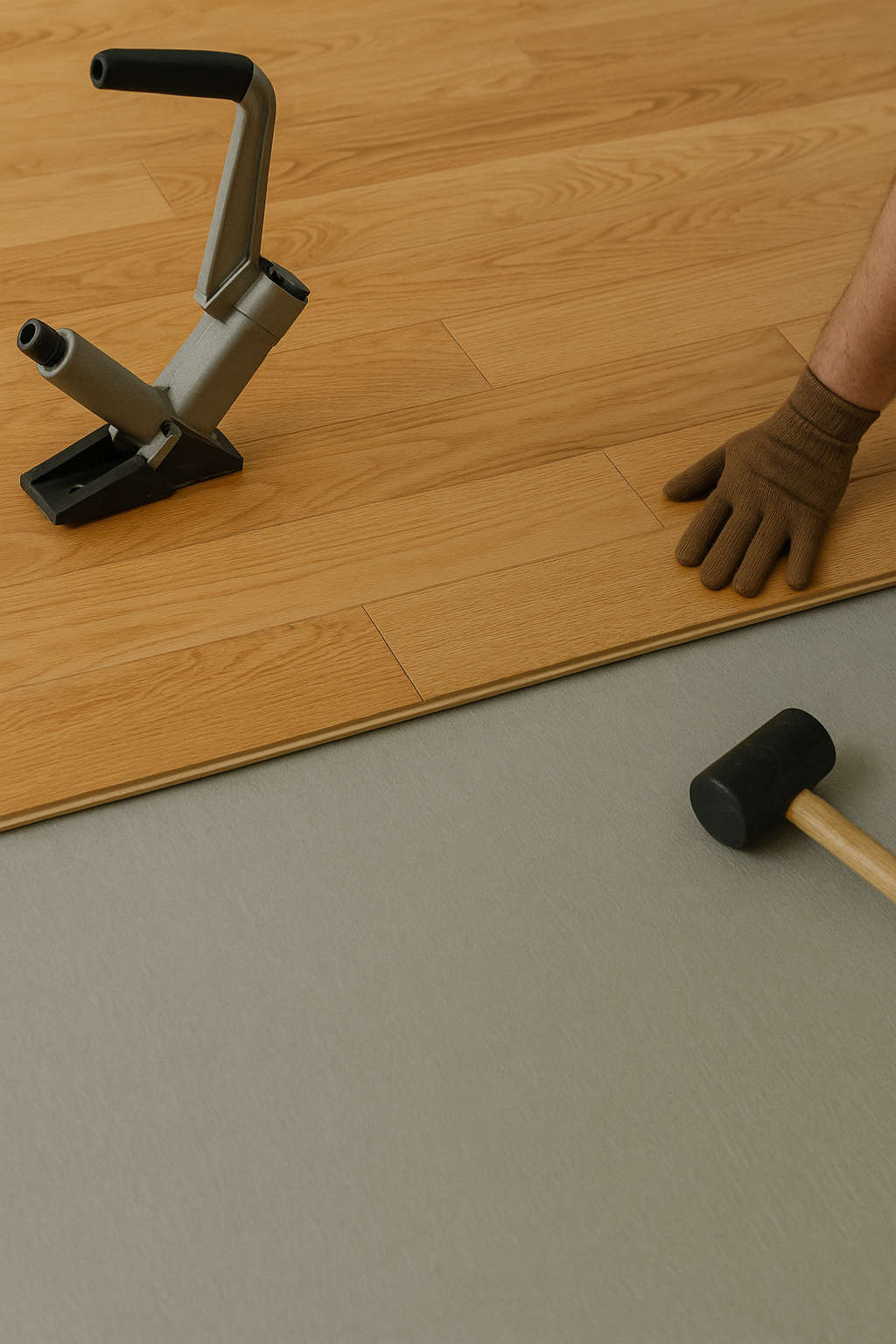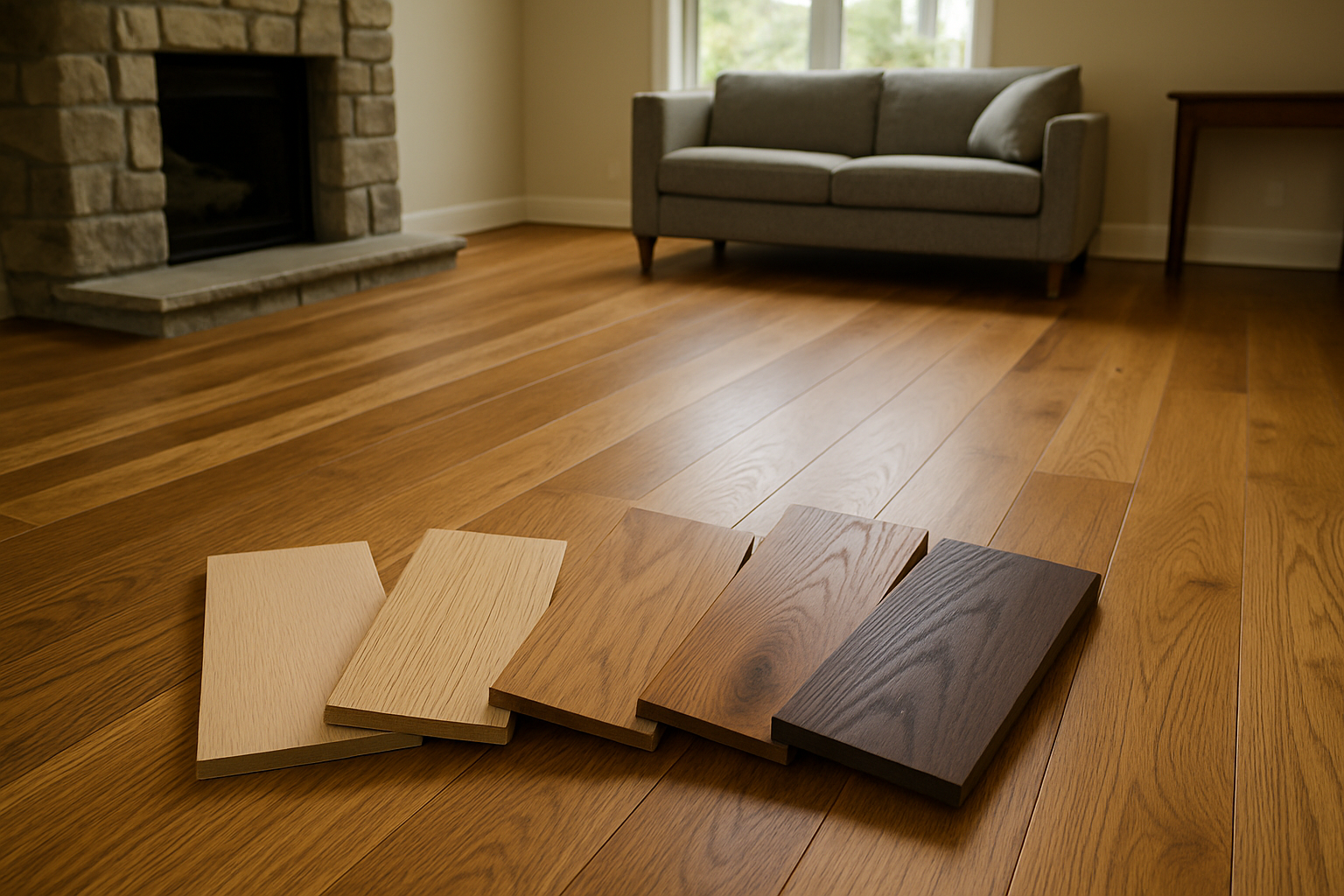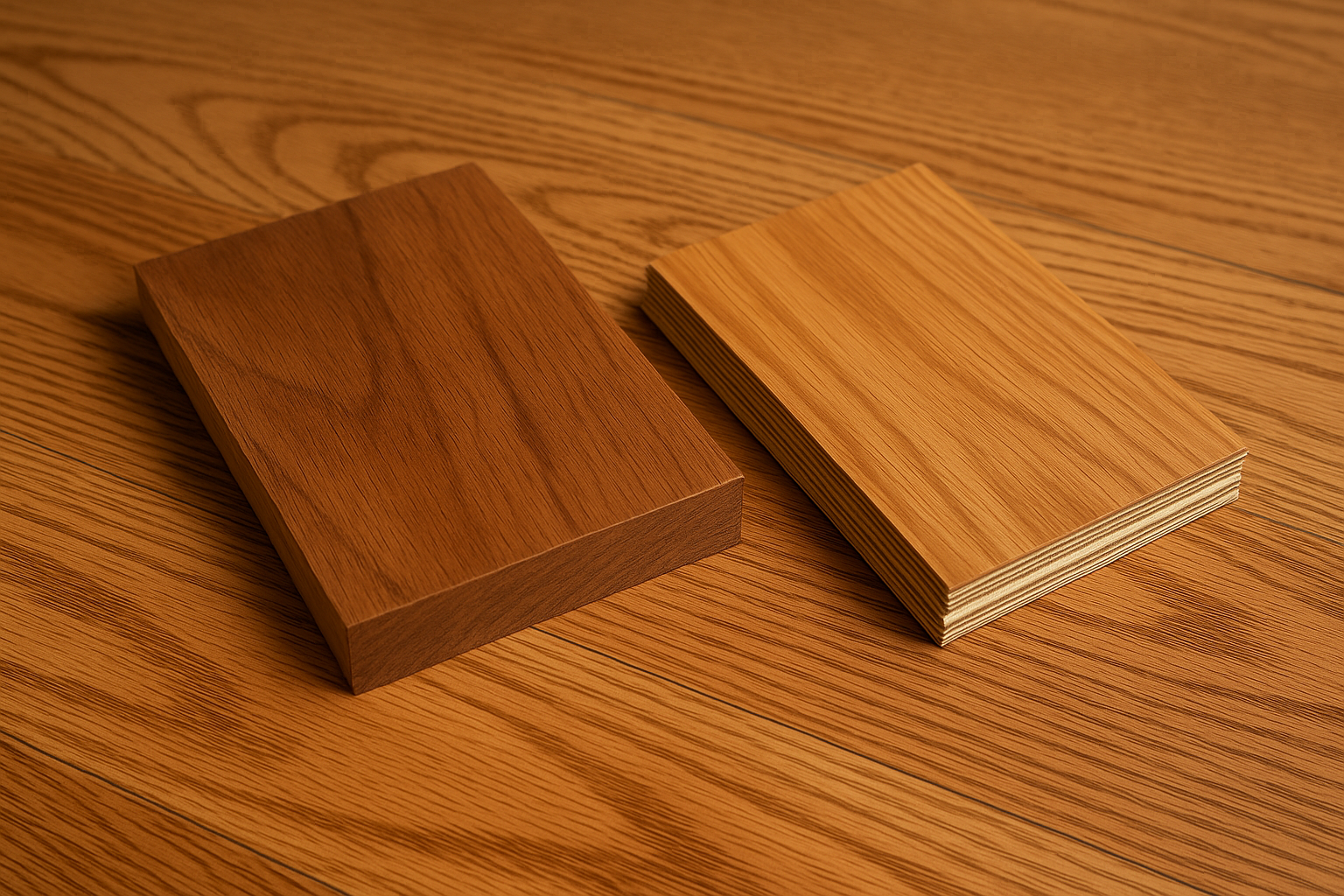Refinishing vs. Replacing: When to Choose Which

Hardwood floors are a timeless addition to any home. Their durability, natural allure, and elegance make them a favorite among homeowners. But like all things, hardwood floors can show signs of wear over time. When that happens, homeowners face a crucial decision: Should they refinish the existing flooring or replace it entirely? Here's a guide to help you determine which option is best for your situation:
Refinishing Hardwood Floors
Refinishing involves sanding down the surface layer of the wood to remove scratches, dents, and old stain, and then re-staining and sealing the wood for a fresh, renewed look.
Pros of Refinishing:
- Cost-effective: Refinishing is typically less expensive than a full replacement.
- Preservation: You get to keep the original wood, which can be particularly valuable if you have antique or specialty hardwood.
- Less waste: This option is environmentally friendly since you're not discarding old wood.
Cons of Refinishing:
- Limited Fixes: Refinishing won't fix deep structural problems or wood rot.
- Temporary Solution: Depending on the wear, you might be looking at another refinishing job in a few years.
When to Choose Refinishing:
- Surface Scratches: If damages are mainly cosmetic.
- Tight Budget: If you want an updated look without breaking the bank.
- Historic Preservation: If you live in an older home and want to maintain its historic charm.
Replacing Hardwood Floors
Replacing involves removing the entire old floor and installing new wood. It's a more involved process but sometimes necessary.
Pros of Replacing:
- Complete Makeover: You can choose a new type of wood, style, or finish.
- Fix Major Issues: Replacement can address structural issues or extensive wood rot.
- Longevity: New floors can last decades with proper care.
Cons of Replacing:
- Higher Costs: Between materials and labor, replacing is usually more expensive.
- More Disruption: The process can be lengthier and may disrupt daily life more significantly.
When to Choose Replacement:
- Structural Damage: If there are significant issues like sagging or soft spots.
- Extensive Wear: If the wood has been refinished multiple times and is too thin or worn out for another refinishing job.
- Change in Preference: If you want to update to a completely different wood type or style.
Things to Consider:
- Budget: Determine what you're willing to spend. Refinishing is generally less costly, but sometimes replacing is a necessary investment.
- Long-term Value: While refinishing might be a quick fix, replacement can add more value to your home in the long run, especially if old floors are severely damaged.
- Professional Opinion: Always consult with a flooring expert. They can evaluate the state of your floors and guide you on the best option.
In Conclusion
The decision between refinishing and replacing hardwood floors hinges on the condition of the floors, your budget, and your long-term plans for the space. By understanding the advantages and appropriate scenarios for each option, you can make an informed decision that will keep your home beautiful and functional for years to come.
Give AGW Hardwood Flooring a call today to get all your questions answered, and get started on your hardwood floor renovation!



